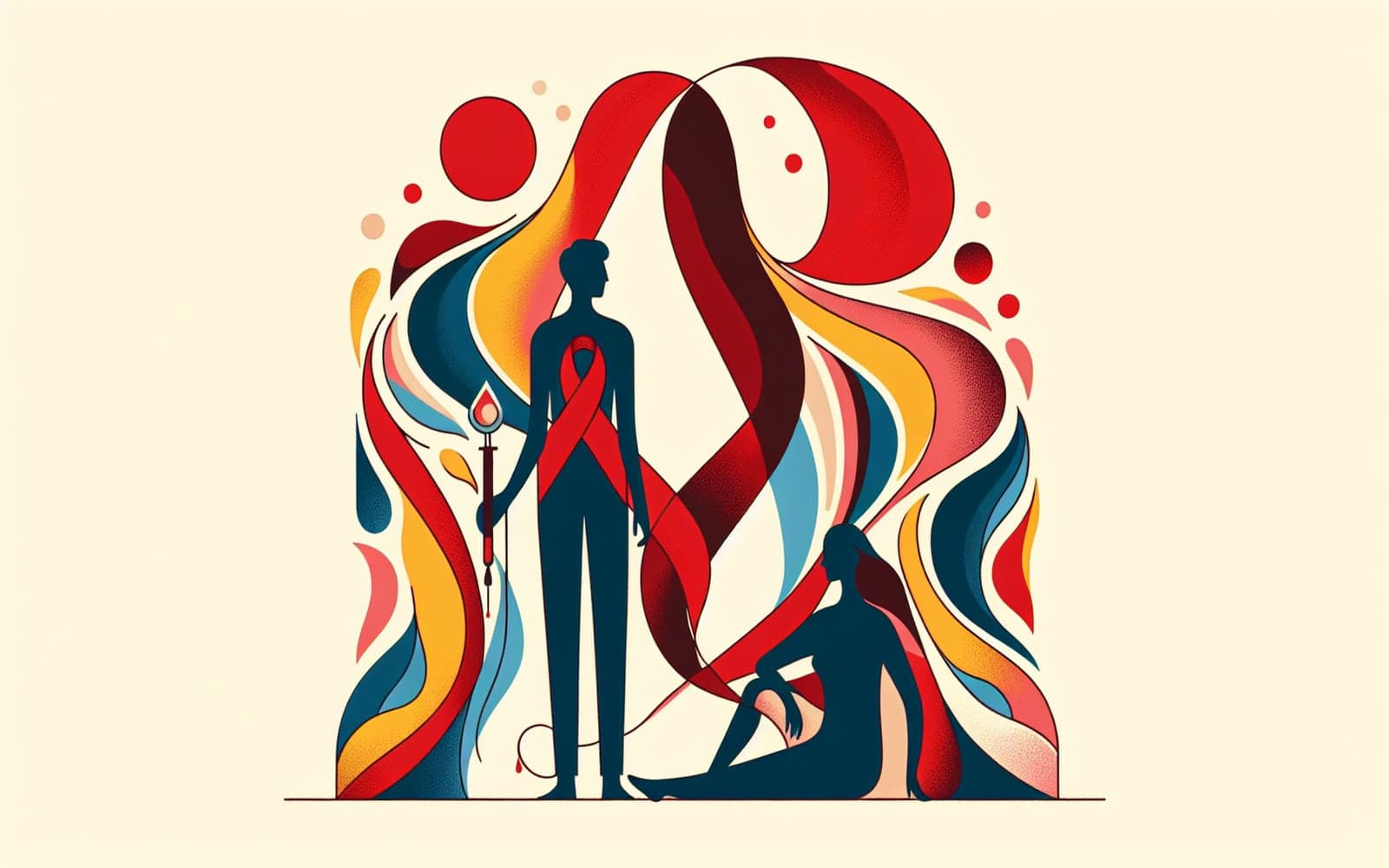Von Willebrand Disease: The Most Common Bleeding Disorder You've Never Heard Of
Published: Oct 14, 2023
Von Willebrand Disease (VWD) is the most common inherited bleeding disorder, affecting up to 1% of the population. Yet many people have never heard of it.
Contents
What Causes VWD?
VWD is caused by problems with a protein in your blood called von Willebrand factor (VWF). This protein helps your blood clot. In VWD, you either don't have enough VWF, or the VWF you have doesn't work properly. It's like trying to seal an envelope with weak glue - it just doesn't stick well enough to stop the bleeding.
What Are the Symptoms?
People with VWD may bruise easily or have frequent nosebleeds. Women might have very heavy periods. Bleeding after dental work or surgery can also be a problem. In severe cases, people might have bleeding in their joints or digestive tract. Think of it like a leaky faucet - the blood keeps flowing when it should stop.

How is VWD Diagnosed?
Diagnosing VWD can be tricky. Doctors will ask about your bleeding history and family history. They'll also do blood tests to check your VWF levels and how well it's working. It's like being a detective - they're looking for clues to solve the mystery of your bleeding.
Frequently Asked Questions
Usually not, but severe cases can be dangerous if not treated.
There's no cure, but treatments can help manage symptoms.
No, it affects both men and women equally.
VWD is inherited, but symptoms may appear or worsen with age.
Key Takeaways
While VWD can be challenging, with proper diagnosis and treatment, most people can lead normal, active lives.
If you're concerned about unusual bleeding, talk to Doctronic about getting tested for VWD.Related Articles
References
Nichols WL, et al. von Willebrand disease (VWD): evidence-based diagnosis and management guidelines, the National Heart, Lung, and Blood Institute (NHLBI) Expert Panel report (USA). Haemophilia 2008; 14:171.
James PD, et al. ASH ISTH NHF WFH 2021 guidelines on the diagnosis of von Willebrand disease. Blood Adv 2021; 5:280.
Always discuss health information with your healthcare provider.